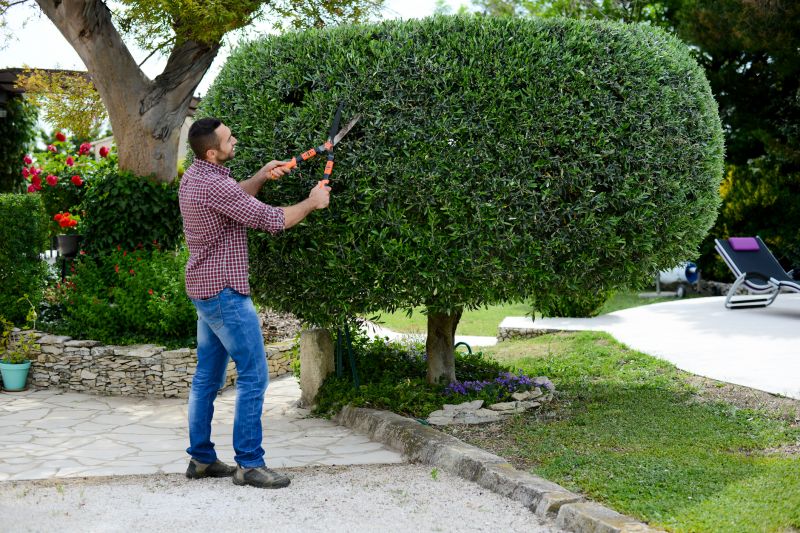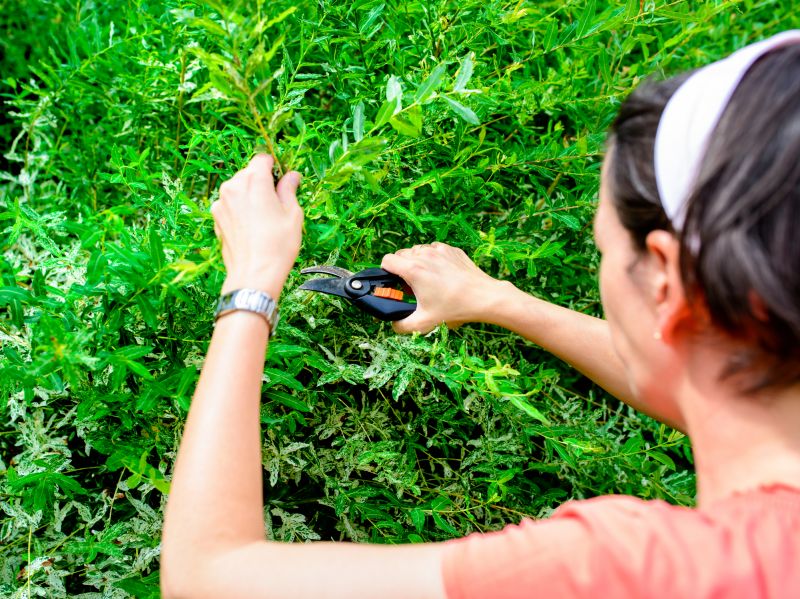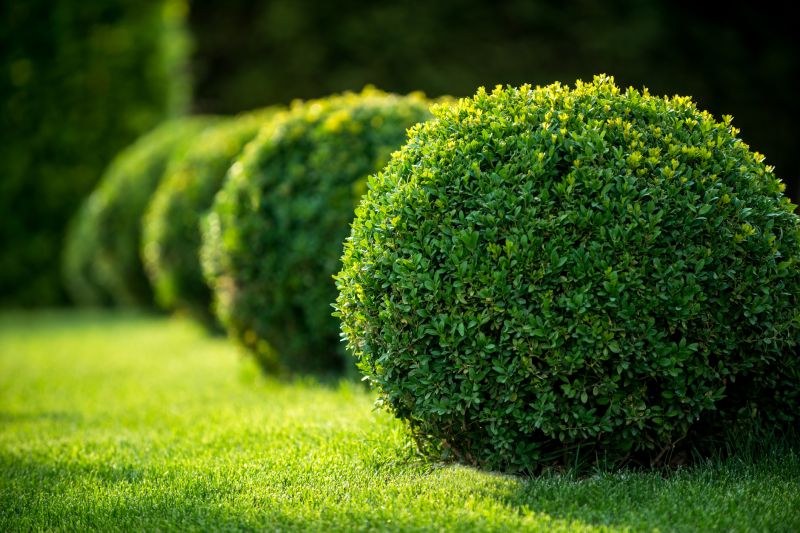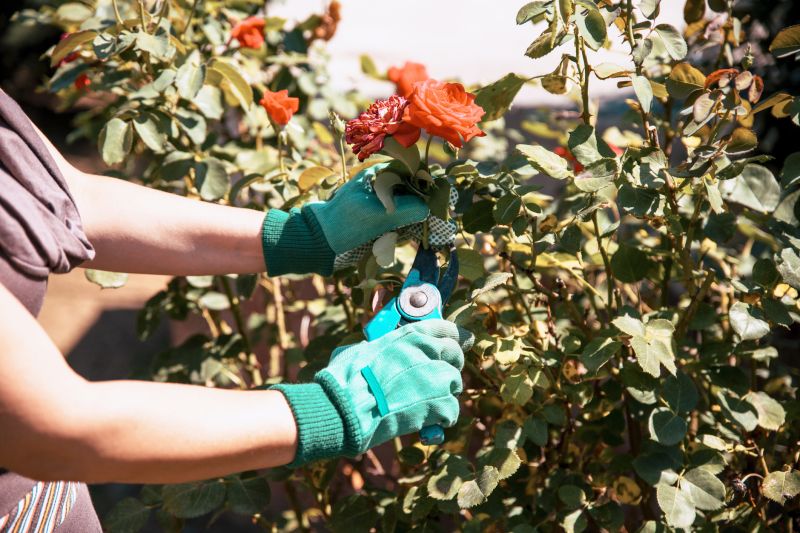Effective Bush Trimming Timing Guide
Bush trimmings are a key aspect of shrub maintenance, influencing plant health, appearance, and growth patterns. Proper timing ensures optimal results, promoting vigorous growth and reducing disease risk.
Ideal for shaping and removing dead or damaged branches. Promotes healthy new growth and flowering.
Best before the growing season begins. Allows plants to recover and prepare for new growth.
Suitable for maintaining shape and controlling size during active growth.
Conducted after flowering to encourage dense foliage and future blooms.

Pruning during early spring encourages fresh growth and flowering.

Prepares plants for the upcoming growing season.

Maintains shape and controls size during active growth.

Supports dense foliage and future flowering.
| Season | Recommended Trimming Activity |
|---|---|
| Spring | Shape and remove dead or damaged branches. |
| Late Winter | Prune before new growth begins. |
| Early Summer | Maintain shape and control size. |
| Post-Bloom | Encourage dense foliage and flowering. |
| Fall | Light pruning if necessary, avoid heavy cuts. |
Bush trimmings involve the strategic removal of parts of shrubs to promote healthy growth, improve appearance, and manage size. Proper timing aligns with the plant's growth cycle, ensuring vigorous development and minimizing stress. Regular trimming can also prevent disease and pest issues by removing compromised material.

Shows the benefits of proper timing and technique.

Tools suitable for precise trimming at the right time.

Illustrates how timing affects growth stages.

Visual guide to seasonal trimming practices.
Understanding the optimal timing for bush trimmings can lead to healthier plants and more attractive landscapes. It is essential to consider the specific shrub species, local climate, and growth patterns when planning trimming schedules. Consulting with horticultural experts can further refine maintenance practices for best results.
